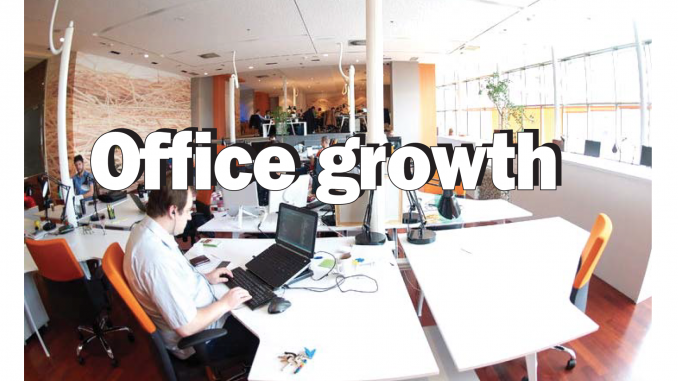
BY ALLISON LEVITSKY
Daily Post Staff Writer
The slow-growth group working to crack down on office development in Palo Alto has collected the signatures of more than 2,800 Palo Alto voters, more than enough to qualify for the November ballot, former Vice Mayor Greg Schmid told the Post yesterday (May 21).
Palo Altans for Sensible Zoning will deliver the signatures to City Clerk Beth Minor at City Hall at 11 a.m. today (May 22).
Minor’s office will count the signatures and give them to Santa Clara County Registrar of Voters Shannon Bushey, who will have 15 days to verify each signature against the voter registry.
The initiative seeks to curb the housing, traffic and parking impacts of new employees.
City Council voted 6-3 last night (May 21), with Mayor Liz Kniss and councilmen Adrian Fine and Greg Tanaka dissenting, to limit office development to 50,000 square feet per year in three parts of town.
But the group says that cap allows for too much development because it only applies downtown, in the California Avenue business district and along the El Camino Real corridor.
The initiative would apply citywide, including Stanford Research Park, Stanford Shopping Center and the San Antonio, West Bayshore and East Embarcadero areas.
It would allow voters to decide whether to halve the office cap between 2015 and 2030 from 1.7 million square feet, or 113,000 square feet per year citywide, to 850,000 square feet, or 56,667 square feet per year.
According to the city’s Planning Division, Palo Alto has seen an average office development rate of 29,695 square feet per year since 2001.
The stricter cap would also be permanent: any increase would have to be approved by voters, not City Council. Council has already decided to revisit its 50,000-square-foot annual limit within two to four years. Office cap opponents say it allows commercial landlords to raise rents, scaring away businesses that would bring tax revenue to the city.




Since downtown, Cal Ave and ECR are already covered with the office space cap, this boils down to restricting growth in the Stanford Research Park. That’s the place our Comp Plan has traditionally allowed this sort of growth. So they’re saying we should use the ballot box to upend reasonable limits in the Comp Plan, which was crafted by large committees of thoughtful residents. And this initiative was written without any such community input. No public hearings, no EIR, no facts from what I can see. Where’s the car trip data? Where’s the housing displacement data? Where’s the economic analysis? Where’s the scrutiny that comes from public hearings? How well has the research park done in reducing solo car trips? If this is going on the ballot, voters should expect answers to these questions. If not, they should vote NO and support our Comp Plan.